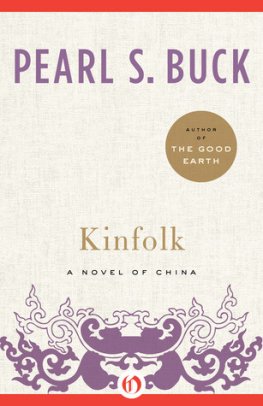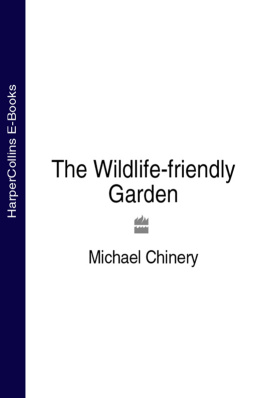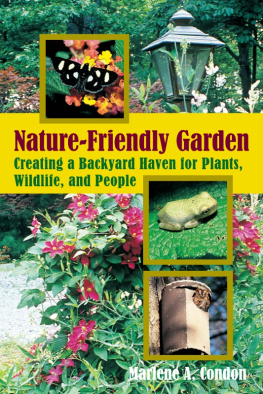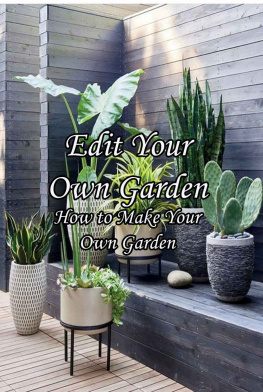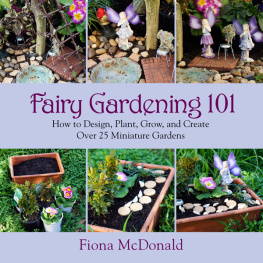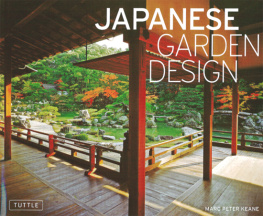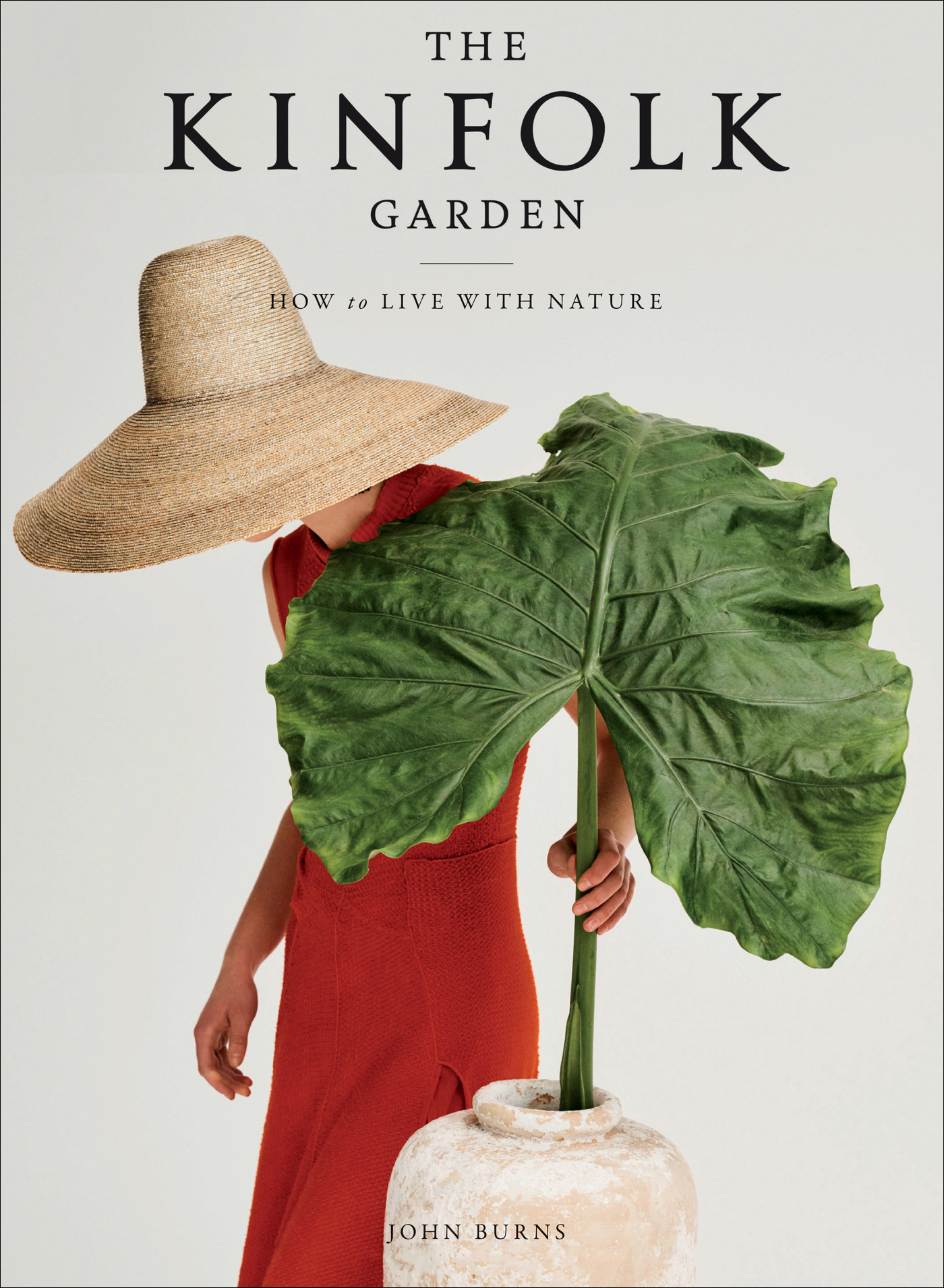Contents
Guide
Page List
About the Author

John Burns is the editor in chief of Kinfolk, a quarterly magazine based in Copenhagen, Denmark. Founded in 2011, Kinfolk delves into personal values and quality of life, and inspires its readers to approach life with intention, energy, and a sense of community. Burns is also the author of The Kinfolk Garden; other books in this series include The Kinfolk Table, The Kinfolk Home, and The Kinfolk Entrepreneur.
THE
KINFOLK
GARDEN
HOW to LIVE WITH NATURE


editor in chief
John Burns
editor
Harriet Fitch Little
Editorial Assistant
Gabriele Dellisanti
book design
Staffan Sundstrm & Julie Freund-Poulsen
Creative Director
Staffan Sundstrm
Production Manager
Susanne Buch Petersen
cover photography
Sarah Blais
illustrations
Courtesy of Rijksmuseum
Selected Contributors
Sarah Blais
Sarah is a photographer based in Paris. She received the British Journal of Photographys Female in Focus award in 2019.
Zoltn Tombor
Zoltn is a photographer in New York and London. His work is part of the collection at the Hungarian Museum of Photography.
Alexander Wolfe
Alexander is a photographer based in Cape Town. His work has been featured in the New York Times, Vogue Arabia and Monocle.
Melissa Mabbitt
Melissa is a British freelance gardening writer. She holds a qualification in horticulture from the UKs Royal Horticultural Society.
Rodrigo Carmuega
Rodrigo is a fashion and portrait photographer. Born in Buenos Aires, Rodrigo has been based in London since 2012.
Lauren Boudreau
Lauren is a Californian florist and stylist based in Copenhagen. She gathers her materials and design ideas from local nature.
Darryl Cheng
Darryl is the founder of House Plant Journal and author of The New Plant Parent, both offering advice for indoor gardeners.
Amy Merrick
Amy is a traveling writer, floral stylist and the author of On Flowers: Lessons from an Accidental Florist.
for full list of credits see


Gardens are artworks that escape the control of their maker.
abderrazak benchabane


contents


introduction
Nurture begets nature, and vice versa: It may only inspire and nourish us if we care for it in turn.
Small acts of care carry a larger significance, given the collective effort required to improve the health of the planet. Buoying this effort is our understanding that a strong connection with nature improves individual well-being. As the American essayist, and evergreen nature lover, Henry David Thoreau wrote: There are moments when all anxiety and stated toil are becalmed in the infinite leisure and repose of nature. In Japan, shinrin-yoku, or forest bathing (quite simply lying down to meditate among the trees), is incorporated into the countrys healthcare program as an antidote to the ills of modern life. The practice may sound unconventional, but its just a different path to the same comfort we feel when walking the long route to work through the park, or on observing a plant recover after an overdue watering.
In The Kinfolk Garden, stories about nature as nourishment recur amid the people who graciously invited us into their gardens, studios and communities all over the world. Caring for plants is the best way to learn how to care for yourself, says Monai Nailah McCullough, a horticulturist who leads workshops on plant care in Amsterdam. Almost 6,000 miles (10,000 km) away in Cape Town, Gundula Deutschlanderthe head gardener at Babylonstoren farmsettles on an unusual, but telling, adjective to describe her relationship with nature: Gardening has been incredibly generous, she says. It makes me feel so alive.
Perhaps your garden looks nothing like those featured. Quite possibly, you currently dont have access to an outdoor space at all. Dont worry. One of the most rewarding things about plants and flowers is that their beauty will remain the same in whichever home they find themselves: And there is as much awe to be found in a slowly unfurling fern seedling on a windowsill as there is in an extravagantly planted garden. Artist Sourabh Gupta, who spends weeks studying particular species while making botanically accurate replicas out of paper, says, There is something magnificent about a whole plant. It almost feels like poetry.
The stories in this book offer ideas for incorporating more nature into your life. We meet creative people, like Gupta, whose visionary projects are inspired by the beauty of flowers, we explore the inspiring ways in which people around the world are caring for plant life, and we join communities that are blossoming around nature. There are also practical tips throughout the book, offering advice on everything from creating beautiful flower arrangements to growing your own produce and simply keeping your peace lily alive for a little longer than usual. Many of the people we meet along the way champion the idea of following ones natural instincts. As Copenhagens most creative florist, Julius Vrnes Iversen, reminds us: You dont need an education in this line of work. I believe that people should just jump into it and give it a go.

part one
Care
Nature always finds a way to thrive. Meet those who are making it their mission to tame its wild spirit with tender loving care.
mula, turkey
fem gltrk
In 2014, Fem Gltrk left the PR company shed founded to retrain as a botanist in her retirement. In a quiet corner of Turkey, she discovered that caring for a busy greenhouse and garden was a conduit to caring for herself.
This is the part where people say, And they lived happily ever after, says Fem Gltrk, speaking from the home she shares with her husband, Sezer Savali, in southwest Turkey. Since trading city life for a plot of land remote enough to lack reliable phone service, Gltrk has found that her days now follow the circadian rhythms of her plants. The PR executiveturned-botanist rises at six a.m. (Even the dog doesnt wake up then, she says) and studies permaculture and edible gardening. After breakfast, she heads into the garden and remains there, weeding and pruning, until sundown. I live in a vegetative state, she jokes.


